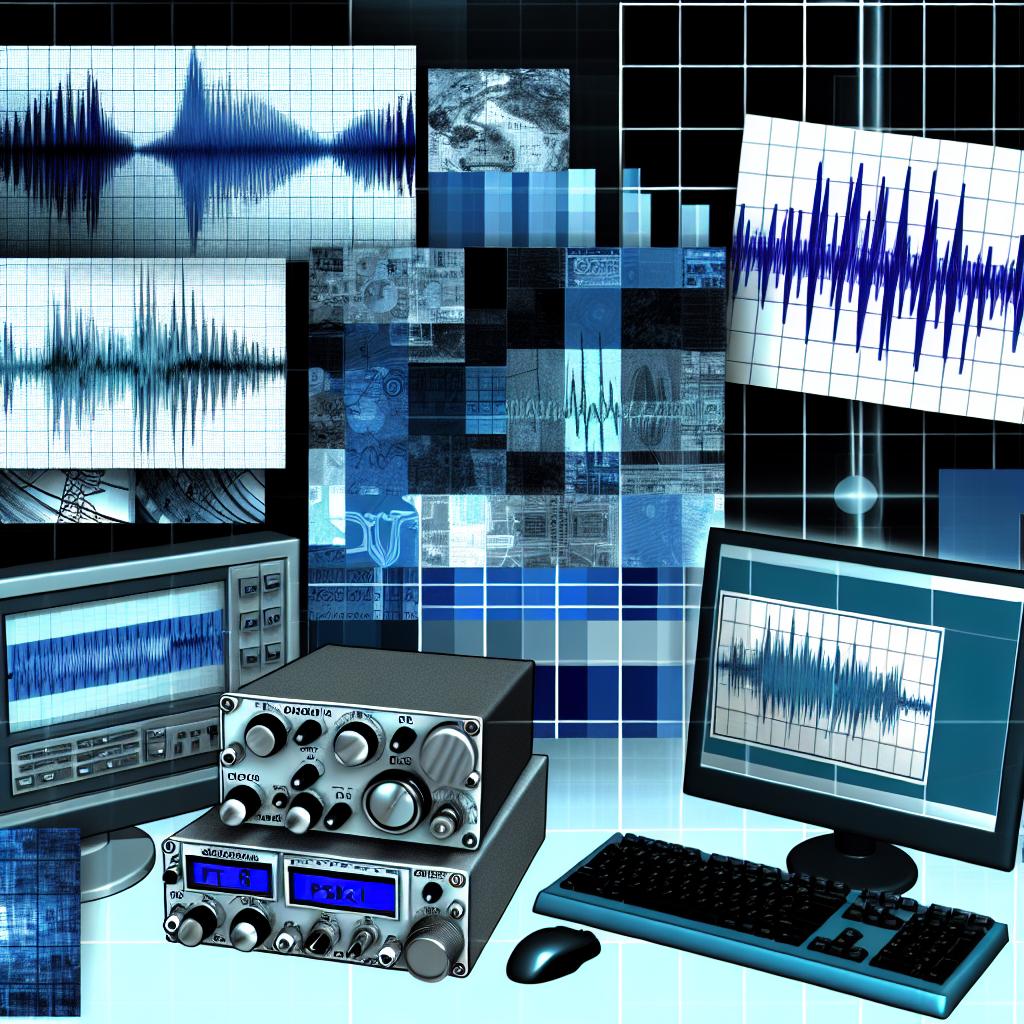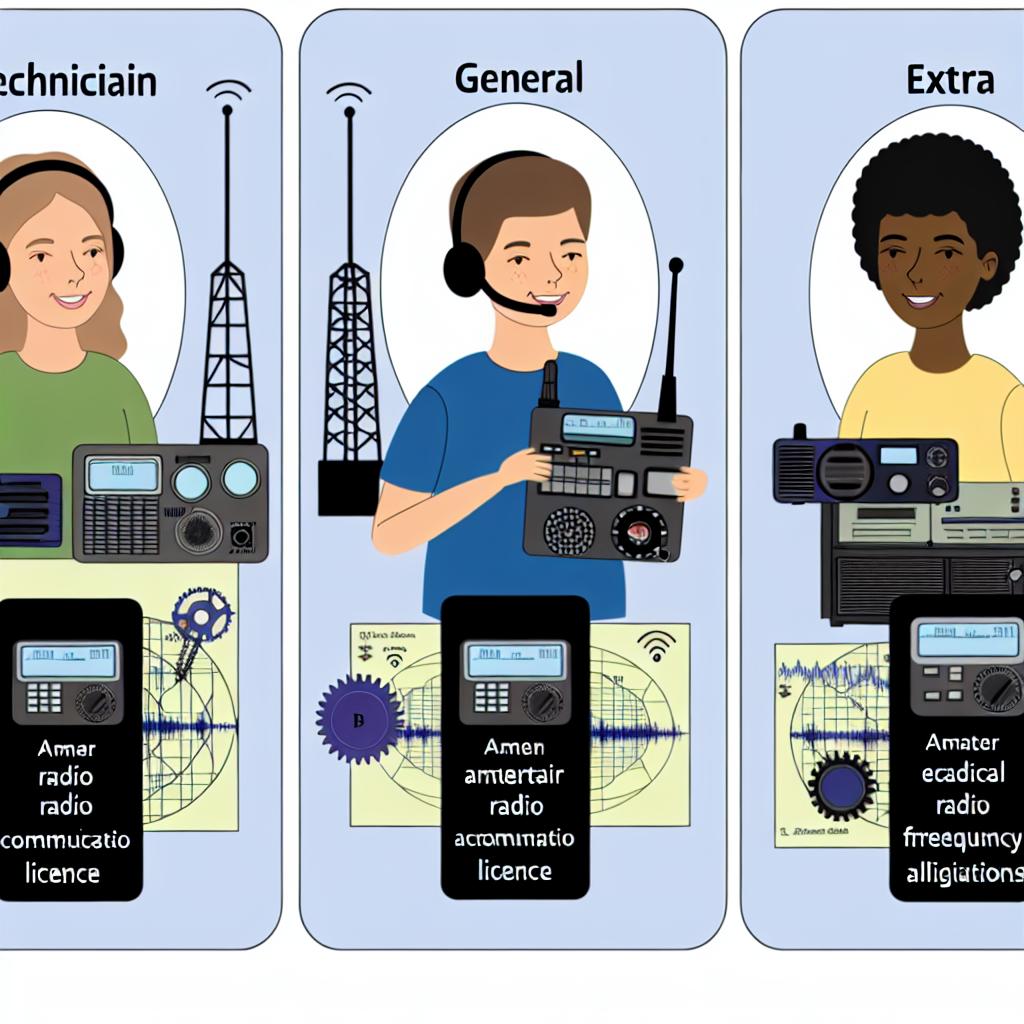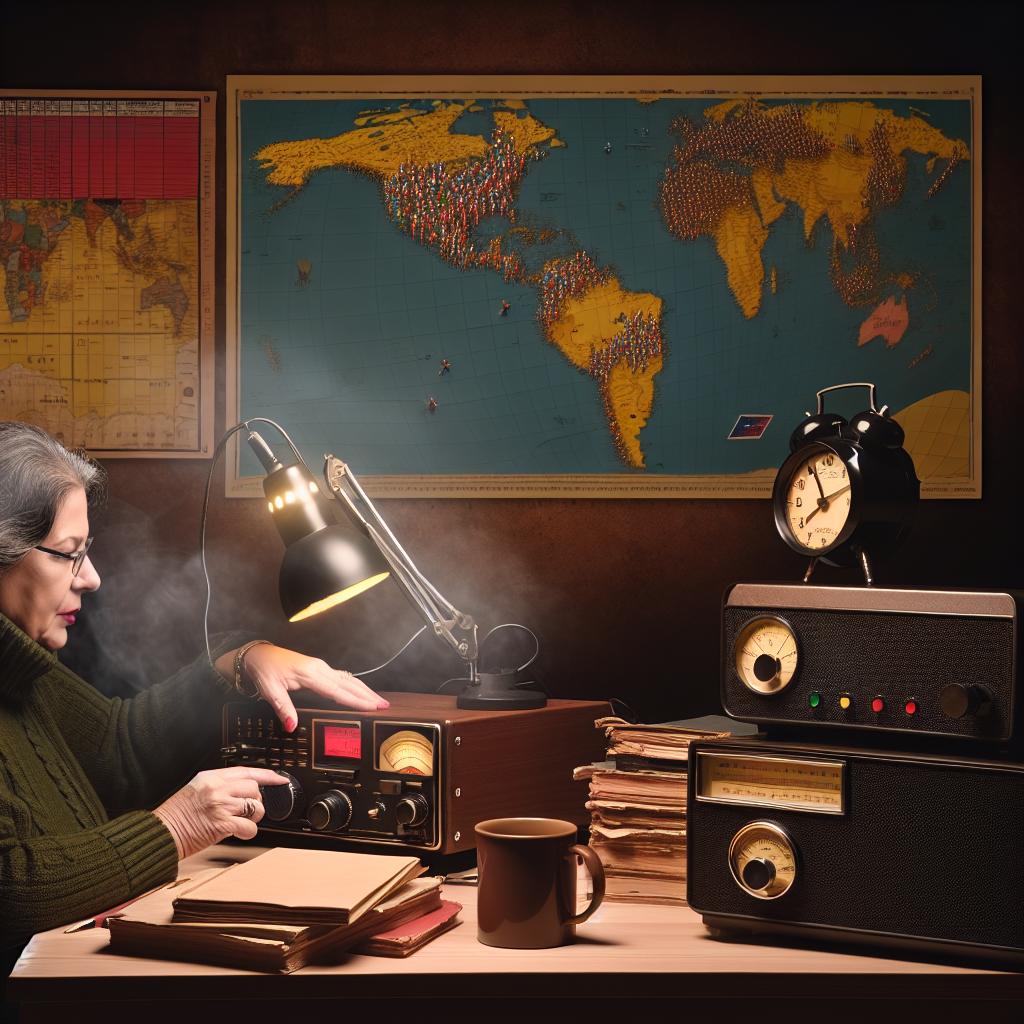Introduction to Digital Modes in Amateur Radio
Digital modes in amateur radio have markedly transformed global communication among operators, facilitating the conversion of radio waves into sophisticated digital signals. This technological melding of computer interfaces with radios has precipitated considerable advancements, notably enabling amateurs to decipher weak signals and maintain efficient communication sans voice transmission. This article endeavors to explore prominent digital modes such as FT8, PSK31, and RTTY, among others, detailing their unique functions and applications.
FT8: The Game Changer in Weak-Signal Communication
FT8, a digital mode formulated by Joe Taylor, K1JT, is specifically crafted for weak-signal environments. Utilizing eight-frequency shift keying (8-FSK), FT8 is distinguished by its ability to facilitate contact over extensive distances, even amidst challenging conditions. The mode employs a protocol composed of synchronized time slots, with stations alternating between transmitting and receiving in 15-second intervals. This efficiency, coupled with automated sequencing, ensures FT8’s status as a favored choice among operators keen on the challenge of establishing reliable communication under adverse circumstances.
FT8’s rise to prominence is attributed to its capacity to operate efficiently within narrow bandwidths, which equips it to overcome obstacles such as interference and atmospheric noise. By optimizing time and frequency use, FT8 allows operators to make rapid contacts, a feature that is particularly valuable during crowded contests or when operating in resource-limited environments. Its automated nature, facilitated by decoding software, reduces user workload and enables seamless operation by conducting exchanges with minimal manual intervention.
PSK31: Optimizing Bandwidth Efficiency
PSK31, which stands for Phase Shift Keying at 31.25 Hz, was crafted by Peter Martinez, G3PLX. It is lauded for its narrow bandwidth and its resilience to errors, making it apt for keyboard-to-keyboard QSO (conversation) on HF (high frequency) bands. The mode employs phase shift keying with a narrow frequency excursion, diminishing interference and optimizing bandwidth usage.
The ergonomic design of PSK31 enables smooth operation over long distances even with modest power levels, making it accessible to all amateur radio enthusiasts. Its slow pace and narrow signals grant users the flexibility to hold lengthy conversations without occupying excessive bandwidth, a feature that continues to promote its popularity among those who seek unhurried communication. The ease of setting up a PSK31 station, coupled with accessible decoding software, further encourages its widespread adoption within the amateur radio community.
RTTY: The Historical Digital Mode
RTTY (Radio Teletype) stands as one of the earliest digital modes, having reliably served as a communication beacon since its genesis. Employing frequency shift keying (FSK), RTTY typically uses Baudot code, a 5-bit character set, as its medium of transmission. This simplicity contrasts with modern digital counterparts yet remains effective in conveying messages, establishing it as a staple in amateur contests due to its straightforwardness and dependable reliability.
The longstanding popularity of RTTY can be attributed to its established nature and the significant community base that upholds traditional modes of communication. Even with the advent of contemporary digital modes, RTTY maintains a robust presence in amateur radio, often regarded as the go-to option for operators engaged in contests desiring a reliable and proven protocol. Operators find solace in its predictability and classic operation style, despite the preponderance of newer modes with advanced features.
Exploring Other Digital Modes
While FT8, PSK31, and RTTY tend to dominate digital mode conversations, several other options present intriguing capabilities worthy of exploration, each tailored for specific applications.
JT65, akin to FT8, is structured for weak-signal operations and frequently utilized for moonbounce (EME — Earth-Moon-Earth) and tropospheric scatter communications. Employing extended transmission cycles, JT65 necessitates precise timing and synchronization to achieve successful contacts.
Olivia, on the contrary, is heralded for its adeptness in decoding audio under challenging conditions. Its ability to mitigate issues like multipath distortion and fading establishes it as a preferred choice for communication in adverse environments, enabling reliable contacts despite impaired signal clarity.
MFSK (Multiple Frequency Shift Keying) modes are noted for their resilience to noise, employing multiple tones for data encoding. This strategy fortifies MFSK’s capacity to handle various communication conditions, rendering it a robust option when facing signal disruptions or interference.
Conclusion
The exploration of digital modes within amateur radio unveils a myriad of possibilities for radio enthusiasts, consistently pushing the envelope of communication technology. From reaching international destinations with faint signals via FT8 to savoring protracted conversations with PSK31, the spectrum of digital modes symbolizes the harmonious convergence of tradition and technological progression. As digital communication continues its evolutionary trajectory, radio operators can anticipate even more sophisticated, efficient digital modes in the foreseeable future.




